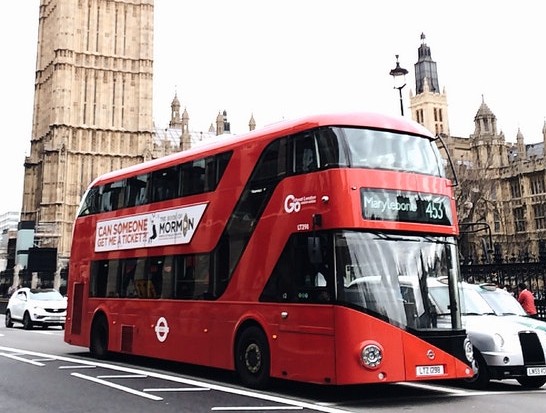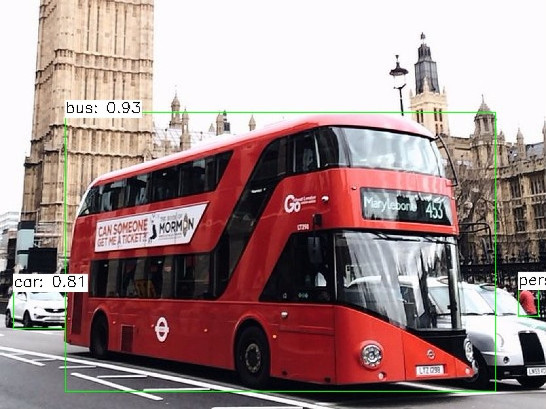 |
OpenCV
4.7.0-dev
Open Source Computer Vision
|
 |
OpenCV
4.7.0-dev
Open Source Computer Vision
|
| Original author | Anastasia Murzova |
| Compatibility | OpenCV >= 4.5 |
In this tutorial you will learn how to:
We will explore the above-listed points by the example of SSD MobileNetV1.
Let's briefly view the key concepts involved in the pipeline of TensorFlow models transition with OpenCV API. The initial step in the conversion of TensorFlow models into cv.dnn.Net is obtaining the frozen TF model graph. A frozen graph defines the combination of the model graph structure with kept values of the required variables, for example, weights. The frozen graph is saved in protobuf (.pb) files. There are special functions for reading .pb graphs in OpenCV: cv.dnn.readNetFromTensorflow and cv.dnn.readNet.
To be able to experiment with the below code you will need to install a set of libraries. We will use a virtual environment with python3.7+ for this:
For OpenCV-Python building from source, follow the corresponding instructions from the Introduction to OpenCV.
Before you start the installation of the libraries, you can customize the requirements.txt, excluding or including (for example, opencv-python) some dependencies. The below line initiates requirements installation into the previously activated virtual environment:
In this part we are going to cover the following points:
The code in this subchapter is located in the samples/dnn/dnn_model_runner module and can be executed with the below line:
The following code contains the steps of the TF SSD MobileNetV1 model retrieval:
In extract_tf_frozen_graph function we extract the provided in model archive frozen_inference_graph.pb for its further processing:
After the successful execution of the above code we will get the following output:
To provide model inference we will use the below double-decker bus photo (under Pexels license):

To initiate the test process we need to provide an appropriate model configuration. We will use ssd_mobilenet_v1_coco.config from TensorFlow Object Detection API. TensorFlow Object Detection API framework contains helpful mechanisms for object detection model manipulations.
We will use this configuration to provide a text graph representation. To generate .pbtxt we will use the corresponding samples/dnn/tf_text_graph_ssd.py script:
After successful execution ssd_mobilenet_v1_coco_2017_11_17.pbtxt will be created.
Before we run object_detection.py, let's have a look at the default values for the SSD MobileNetV1 test process configuration. They are located in models.yml:
To fetch these values we need to provide frozen graph ssd_mobilenet_v1_coco_2017_11_17.pb model and text graph ssd_mobilenet_v1_coco_2017_11_17.pbtxt:
This line is equivalent to:
The result is:

There are several helpful parameters, which can be also customized for result corrections: threshold (--thr) and non-maximum suppression (--nms) values.
 1.8.13
1.8.13